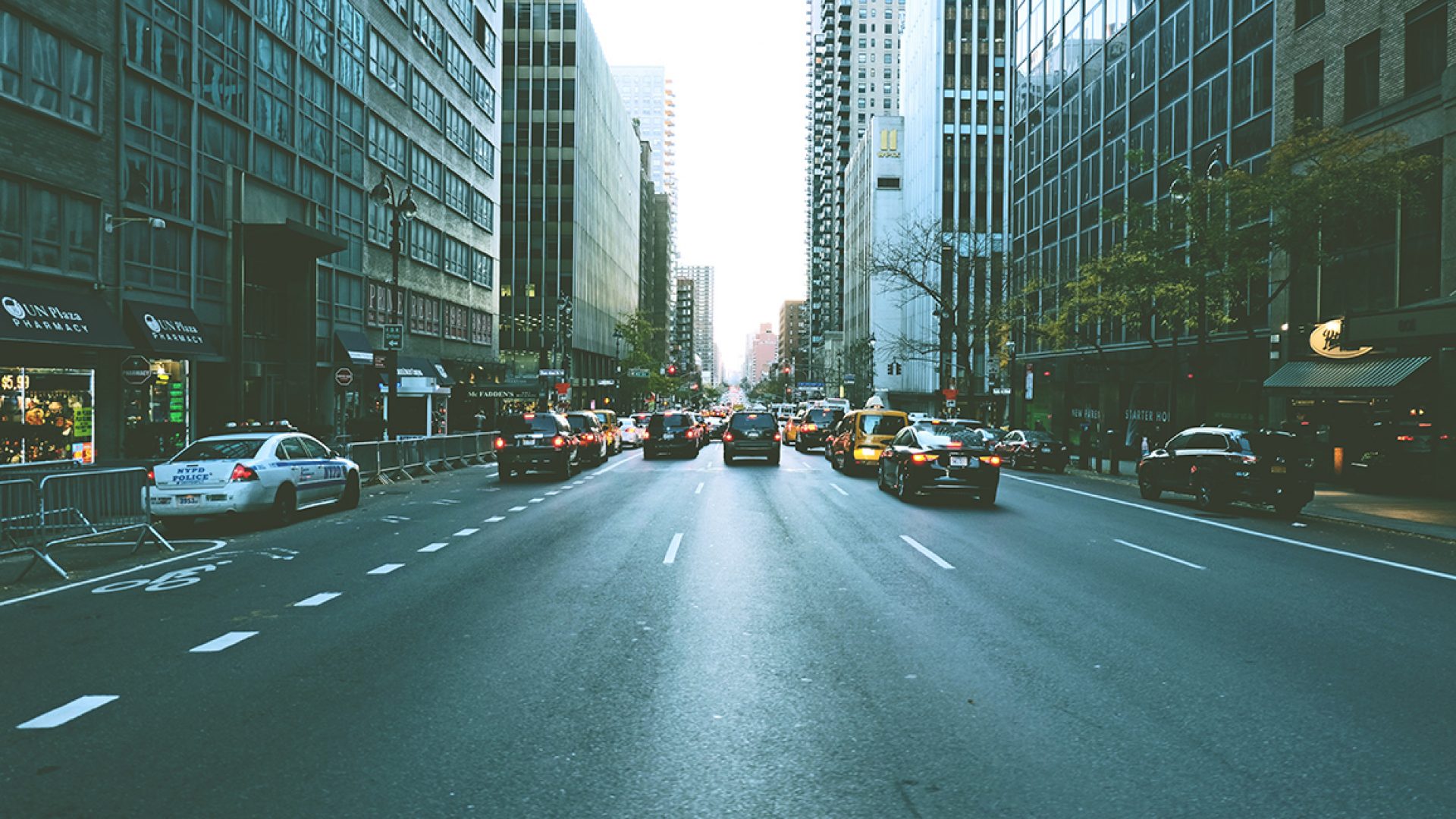New services and technologies could make the ride to work very different, according to this MarketWatch article by Alejandro Lazo.
The modern commute may be heading for a big upgrade, thanks to carpool ride-sharing services and advances in automotive electronics and smart transportation systems.
Ride-sharing firms Uber Technologies Inc. and Lyft Inc. are experimenting with carpooling services that are changing how people get to work. Both companies, best known for providing a fleet of private drivers that can be matched to individual passengers through their smartphones, have introduced technology that groups strangers as passengers – thus saving commuters money – by using algorithms that match distances and times of trips with other people going to similar places or in similar directions.
Early results have encouraged public-transit experts to start considering Uber and Lyft apps as potential means for reducing congestion. A recent study by the American Public Transportation Association suggests that ride-sharing trips using Uber and Lyft are replacing trips made with personal vehicles more than trips using public transport. The report recommended that public-transit officials start working on ways to make ride-sharing part of their services.
Some have already begun. In Late March, Lyft launched Lyft Carpool, a pilot program in the San Francisco Bay Area, to address a heavily congested section of Highway 101 between San Francisco and Silicon Valley. That program matches commuters with other commuters rather than private drivers. The company also is working with the regional Metropolitan Transportation Commission to expand carpool lanes along that route, says Emily Castor, director of transportation policy for Lyft. The company also is working with transportation agencies in Nashville, Los Angeles, Dallas, Denver and other places to provide more connections from homes to mass transit.
Susan Shaheen, a researcher at the Transportation Sustainability Research Center of the University of California, Berkeley, says ride-sharing carpool services could help fix some of the “first-mile, last-mile” issues with U.S. transportation grids, meaning they can provide the shorter trips to and from public transportation that currently aren’t well served. Just as happens now, commuters would pay through mobile apps and the services would take a percentage of the money charged.
The new apps have “really ushered in a new opportunity, new ways of thinking about people getting around,” Shaheen says.




